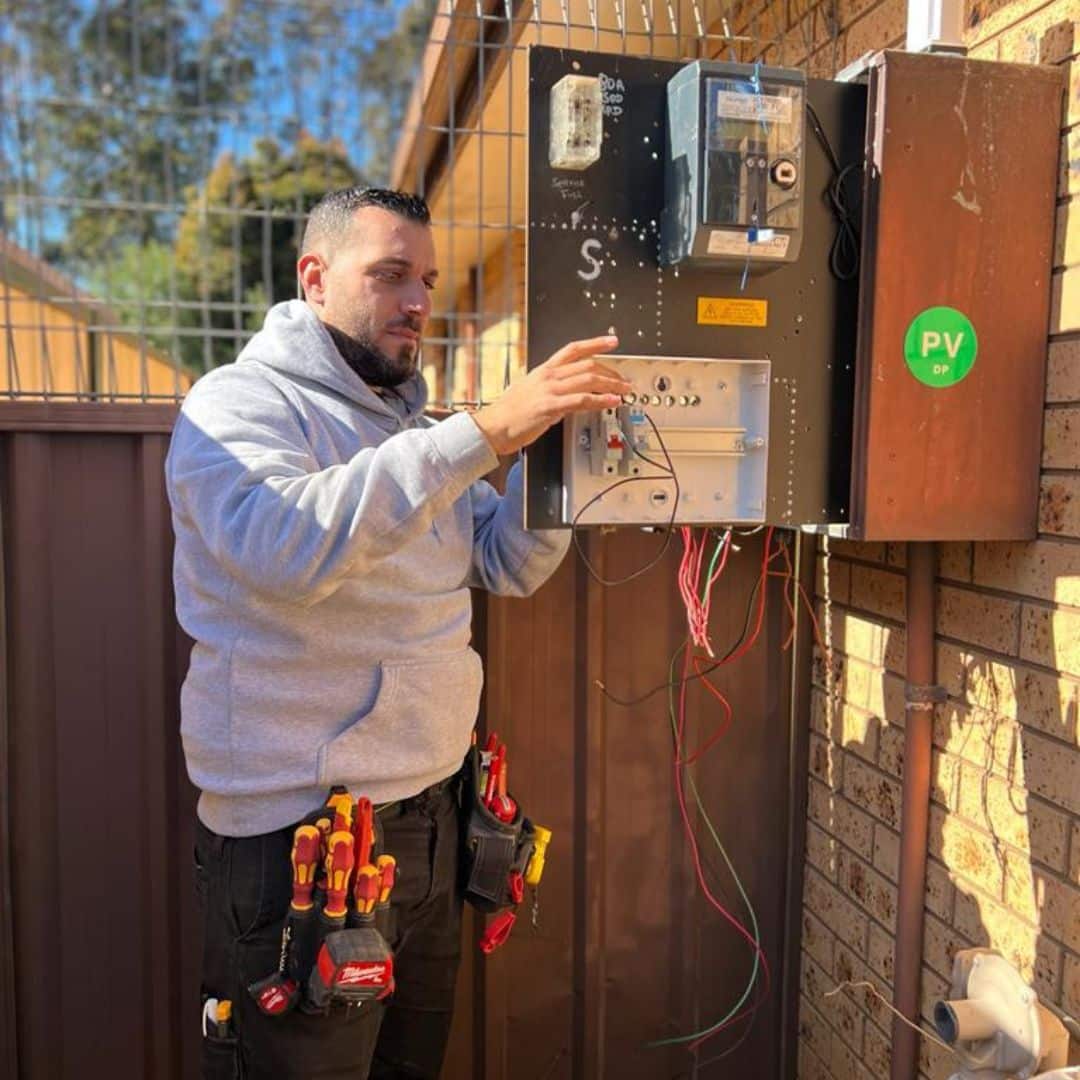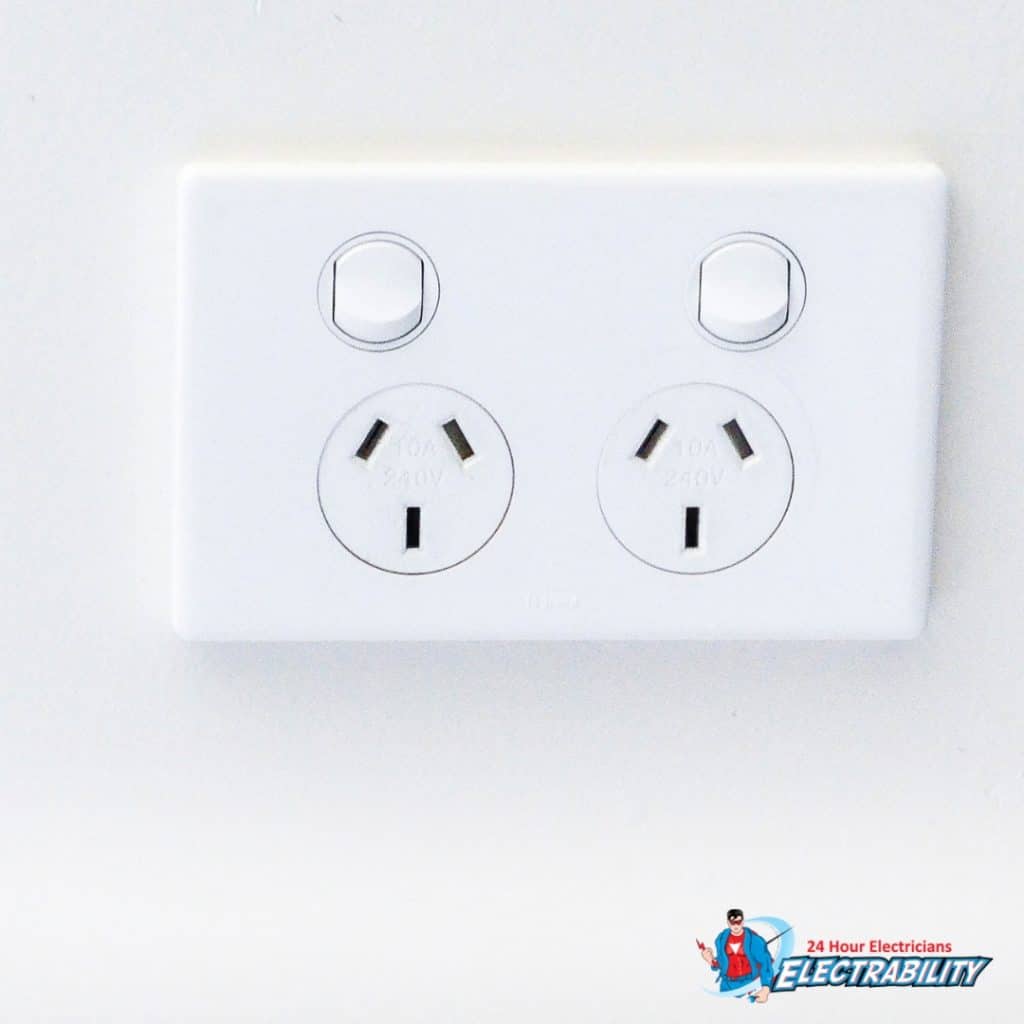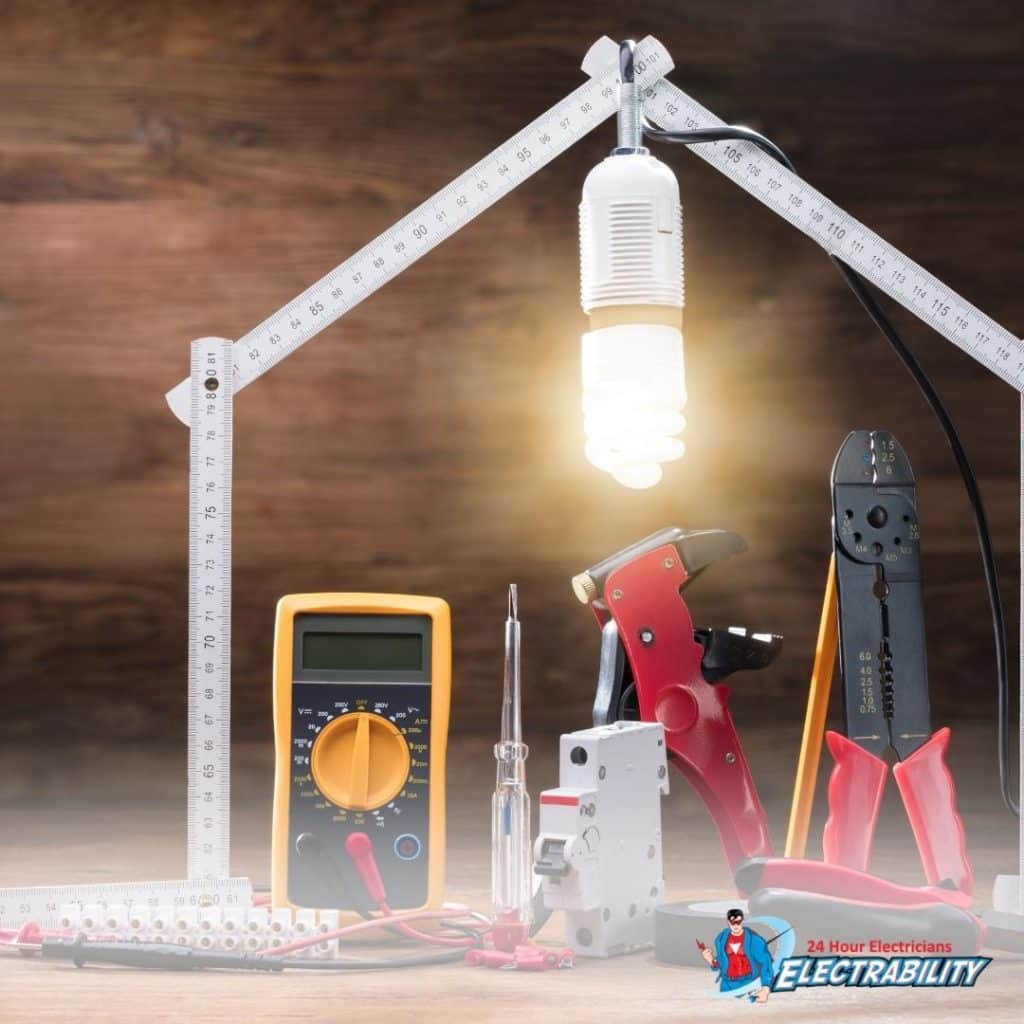Reliable & Fast
We Charge per Job, Not per Hour
Many times the damage caused by power surges is internal and may also be visible or hidden. The things you cannot see are usually the most dangerous. A significant surge can be dangerous for any electrical equipment in your house or office, even if they’re not connected to the power grid.
An electrical storm could cause serious damage if it compromises the insulation, connections, conduction, or grounding of your wires. For example, power surges may result in damaged electrical equipment, appliances, and air conditioners that no longer function properly.
If you notice that your home or business is affected by electrical issues resulting from a power surge, it is important that you call a qualified, professional electrician immediately to evaluate your electrical system. This is not the time for handling the issue on your own. It’s not the right time to assess and handle the problem yourself. You need an experienced, licensed, electrician who has been specifically qualified for this kind of job.
If the electrician doesn’t perform the test correctly, it could be dangerous. If you experience any electrical damage due to a power surge event, contact an electrician immediately for evaluation. An electrical power surge can lead to a variety of problems. These problems can vary in severity from being comparatively minor in nature to extremely dangerous. Because of this, it is very important to let professional electricians handle these issues.
In case this is the situation you are currently dealing with, let Electrability Sydney tackle your power surge issues.


BOOK NOW - Get $50 OFF
Reliable & Fast
We Charge per Job, Not per Hour

A power surge protector can help you avoid a costly electrical fire or other damage to your home and electronics.
It is an inexpensive way to protect your electronic device from the effects of a power spike. It also protects the wiring in your house from lightning strikes.
The best power surge protector will have two types of protection:
• Protection against surges caused by lightning strikes
• Protection against surges created by switching power supplies on computers and TVs
The best power surge protector will be able to handle both types of surges without causing damage to your equipment. Some surge protectors designed for only lightning surges. Others can handle both types of surges.
We’ll explain how power surge protectors work, what they do, and how to install them correctly. We’ll discuss with you how to choose the right size for your needs and how to use it safely. And we’ll also discuss the pros and cons of different brands and models.
If you’re looking for advice, we’ll provide some tips about choosing the best power surge protector for your needs. If you want to learn more about the benefits of having power surge protection, we have that covered too!
Power surges can be divided into two categories based on their origin: internal and external.
Internal Power Surges:
Internal power surges occur within the electrical system itself. One major cause is the sudden startup of power-hungry devices or appliances. Appliances such as refrigerators, freezers, and motors can draw a significant amount of power during startup, potentially leading to a surge.
Even smaller appliances like blow dryers and microwaves, due to their power consumption, have the potential to cause surges. To minimize the impact of these appliances on your electrical system, it is advisable to consult a licensed electrician and have them connected to dedicated power circuits.
While power surges from internal sources may not happen every time these devices are switched on, it is important to be prepared for the potential devastating effects they can have.
External Power Surges:
External power surges are caused by factors outside of your control that affect the electrical system. The most common external cause is inclement weather, particularly lightning.
Lightning carries an enormous amount of electrical power, and if it strikes your house or enters the electrical system through a power line, it can result in a massive surge.
Also, lightning strikes pose a significant risk to electronics, potentially damaging or destroying valuable devices in a single strike. Investing in high-quality surge protectors is crucial to safeguard your electronics from lightning-induced surges.
While lightning is the primary external cause, power outages and their aftermath can also lead to surges. When power is restored after an outage, the simultaneous demand for electricity from all appliances can cause a surge.
To mitigate this risk, it is advisable to turn off all appliances during an outage and manually restart them once the power company confirms the restoration of power in your area.
Understanding the causes of power surges, both internal and external, allows you to take appropriate measures to protect your electronic devices and minimize potential damage.
To protect your appliances from unexpected power surges on the electricity network, consider the following precautions. Purchase a surge diverter for your equipment, which typically costs around $25.
Many appliances and equipment come with built-in surge protection. You can also use surge protectors or power boards with surge protection to safeguard multiple devices.
In case of damage from a power surge, check your home and contents insurance policy for potential coverage. The Insurance Council of Australia recommends reviewing your policy for power surge-related damage.
At Electrability, we assess payment options for power outage cases on an individual basis. Refer to our Claims section for guidance on your rights and making a claim.
By taking these precautions and staying informed about insurance coverage, you can effectively protect your appliances from the risks of power surges.


Keep an eye out for various indicators that may suggest an upcoming power surge. These signs include:
In the event that a power surge has already occurred, you might observe flashing lights on digital clocks, devices unexpectedly shutting down or malfunctioning, or an acrid smell surrounding the affected device.
It is important to be vigilant and take appropriate measures to safeguard your valuable electronics.
Surge protectors are devices that prevent surges from damaging electrical equipment.
A power surge protector protects against surges caused by lightning strikes, faulty wiring, and other electrical disturbances.
And also it provides an outlet for electronic equipment that can be damaged if exposed to voltage spikes.
A power surge protector works with smart plugs, but it will only protect against surges from the main circuit breaker. Surge protectors can prevent electric surges from affecting anything else connected to the outlet.
Surge protectors can be damaged if they get wet, which causes them to short out. They will also fail when exposed to high temperatures.
To test whether your power surge protector works properly, plug it into an outlet with a known working circuit breaker. Even if everything seems normal, and it is better to check for any problems before buying new equipment.
To easily find a power surge protector near you, start with Electrability. As our electricians offer a wider range of electrical services along with the expert guidance for all of your power surges need.
Electricians at Electrability offer effective solutions for power surge problems, safeguard your electrical devices and ensure uninterrupted power supply.